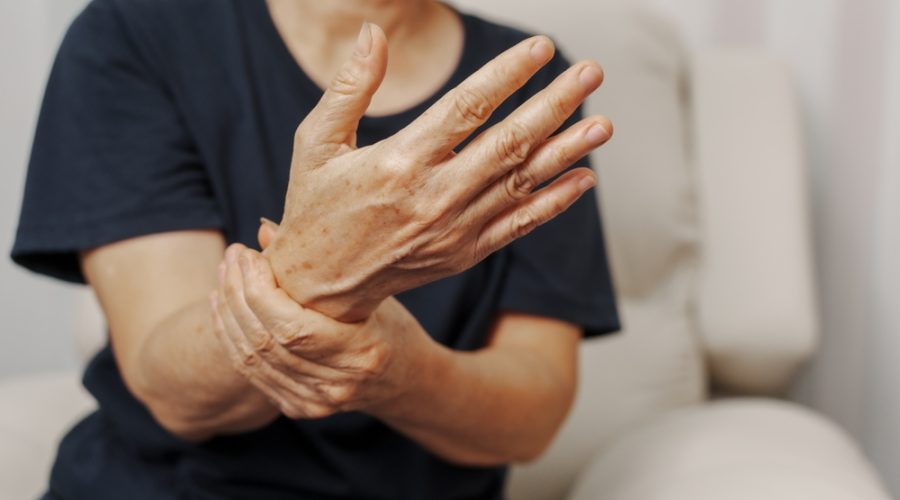Managing Chronic Pain in Seniors: Strategies and Treatments
Chronic pain is a common issue among seniors, affecting their quality of life and daily functioning. Effective management strategies and treatments are essential to alleviate pain and improve well-being.
Understanding Chronic Pain in Seniors
Chronic pain can result from various conditions, including arthritis, neuropathy, and musculoskeletal disorders. It is characterized by pain lasting more than three months and can be persistent or intermittent.
Strategies for Managing Chronic Pain
- Medications:
- Over-the-Counter (OTC) Pain Relievers: Acetaminophen and NSAIDs can provide relief for mild to moderate pain.
- Prescription Medications: Opioids, antidepressants, and anticonvulsants may be prescribed for more severe pain.
- Physical Therapy:
- Exercise: Regular, gentle exercises like stretching, walking, and swimming can reduce pain and improve mobility.
- Manual Therapy: Techniques like massage and joint mobilization can relieve pain and improve function.
- Complementary Therapies:
- Acupuncture: Can be effective for certain types of pain, such as osteoarthritis.
- Chiropractic Care: May provide relief for musculoskeletal pain.
- Lifestyle Modifications:
- Healthy Diet: Anti-inflammatory foods, such as fruits, vegetables, and omega-3 fatty acids, can help reduce pain.
- Weight Management: Maintaining a healthy weight reduces stress on joints and alleviates pain.
- Psychological Support:
- Cognitive Behavioral Therapy (CBT): Helps manage pain by changing the way individuals think and react to it.
- Support Groups: Connecting with others experiencing similar pain can provide emotional support and coping strategies.
Resources for Chronic Pain Management
- American Chronic Pain Association (ACPA): Offers resources, support groups, and educational materials.
- Pain Management Clinics: Specialized clinics provide comprehensive pain management services.
- National Institute on Aging: Provides information on managing pain in seniors.

